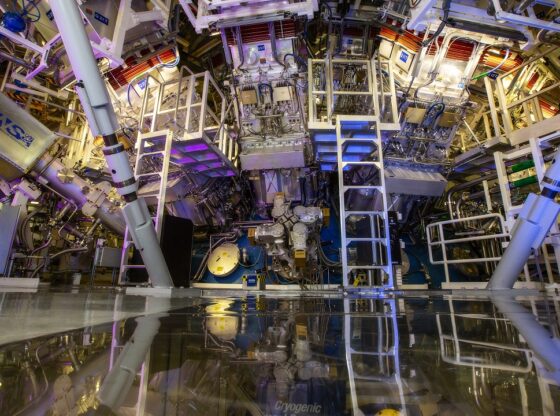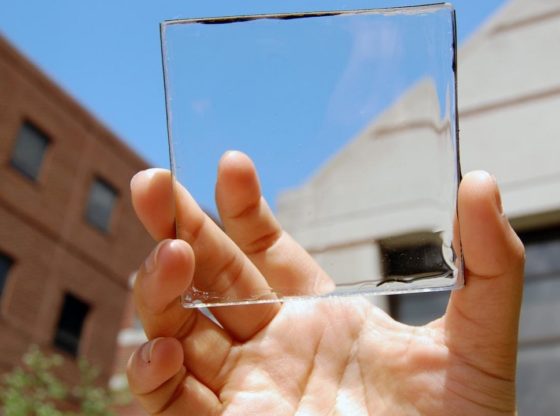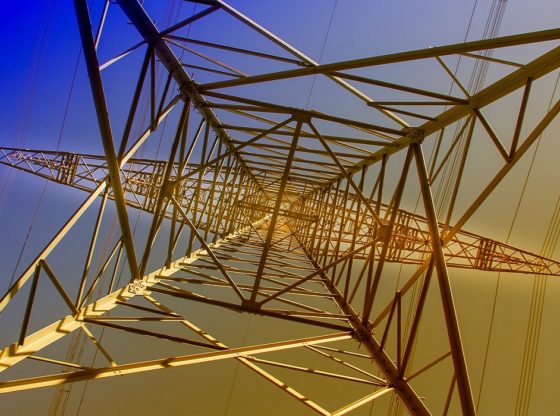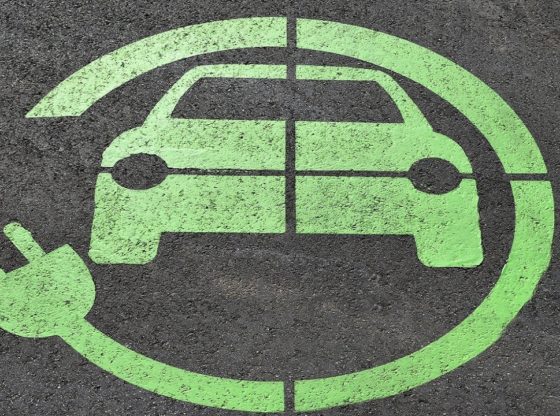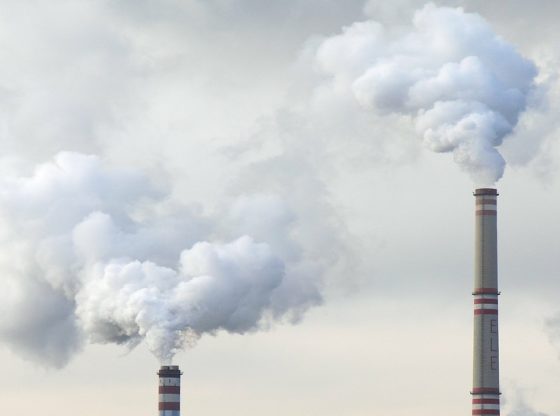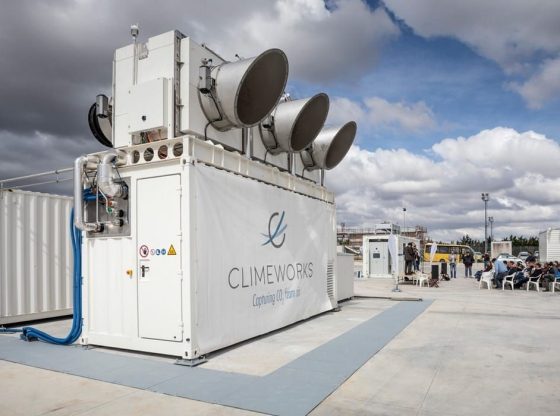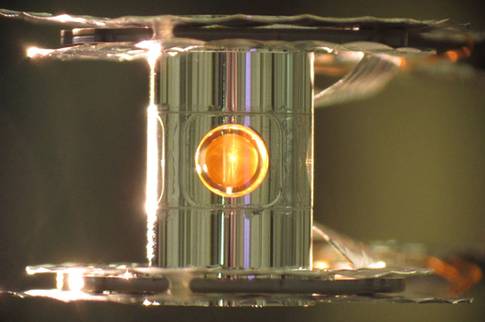
For a very long time, mankind has had a dream of abundant energy by recreating the sun’s inner working on Earth. Nuclear fusion has the potential of being an ecologically friendly source of energy that would last forever and produce more than abundant amounts of energy. Making energy cheaper for everyone and with the great implications this would involve, for instance, it would make many forms of electrically powered transportation economically viable.
There is a great difference between nuclear fission and fusion. Fission is the physical principal and technology presently harnessed in our nuclear power plants. These power plants use very heavy atomic nucleus such as uranium and split these into smaller nuclei, other particles, and radiation. Heat is created that is used to boil water, create steam that passes through a steam generator, that produce electricity.
In a fusion reaction, two or more light atomic nuclei such as hydrogen, fuse to form a single heavier nucleus such as helium. The mass change in the process is the source of nuclear energy.
The amount of energy produced as a percentage of the potential energy, the energy efficiency, is higher for fusion than fission. Fission provides more energy per reaction, using heavy elements (Uranium, Plutonium or Thorium). But fusion provides more energy per unit mass for these reactions (Deuterium, Tritium).
For this reason, there is a great deal of research conducted on nuclear fusion across the world. Not least at ITER (International Thermonuclear Experimental Reactor) that is presently being built in France and is expected to be finished in 2019 and start commissioning the reactor that same year, to initiate plasma experiments in 2020. It will be the world’s largest experimental Tokamak nuclear fusion reactor, using a magnetic field to confine a plasma.

Now, researchers at The Lawrence Livermore Laboratory in California has managed to produce more fusion energy than was required to ignite the fusion reaction.
This is the first time that the amount of produced energy exceeds the amount of used energy. It, therefore, represents a milestone in fusion research. It took the researchers more than two years of unsuccessful attempts at the National Ignition Facility.
The experiment and the technology used in this experiment differs from the previously mentioned Tokamak reactor design at ITER. The scientists instead used a method of laser-based inertial confinement. Built for the Department of National Ignition Facility at the Lawrence Livermore Laboratory.
The scientists placed small amounts of hydrogen inside a plastic capsule called a microcapsule, enclosed inside a gold cylinder called a hohlraum. They then used 192 laser beams to heat the gold cylinder, which began emitting X-rays (electromagnetic radiation).
This radiation, in turn, heated the hydrogen to nearly 100 million degrees Celsius. This was enough for the hydrogen atoms to fuse together and begin a nuclear fusion reaction.
Although the reaction only lasted for 20 billionths of a second, the amount of energy output was huge; more energy than all of the world’s power plants could produce within the same time period.
The energy released was twice that of the X-ray radiation from the gold container and thereby implies a net gain in energy. However, if also counting the laser cannons, the net surplus disappears. Besides this, it is regarded as a major achievement. The results have been published in the scientific journal Nature (see below).
The prospect of near limitless, sustainable energy ensures continued interest and research investments. NIF itself will come up for review in 2015 but just last year the U.S. National Research Council endorsed continued investment in inertial confinement fusion.
_________________
Lawrence Livermore Laboratory
NIF experiments show initial gain in fusion fuel
Fuel gain exceeding unity in an inertially confined fusion implosion
__________________________________

